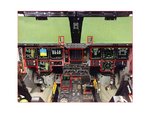GrauGeist
Generalfeldmarschall zur Luftschiff Abteilung
The only one on the list I would be interested in, is the Bugatti......and if I had the money, I wouldn't buy any of these!

If I had the money to buy that Veyron, then you know I would already have a warehouse full of classics!

